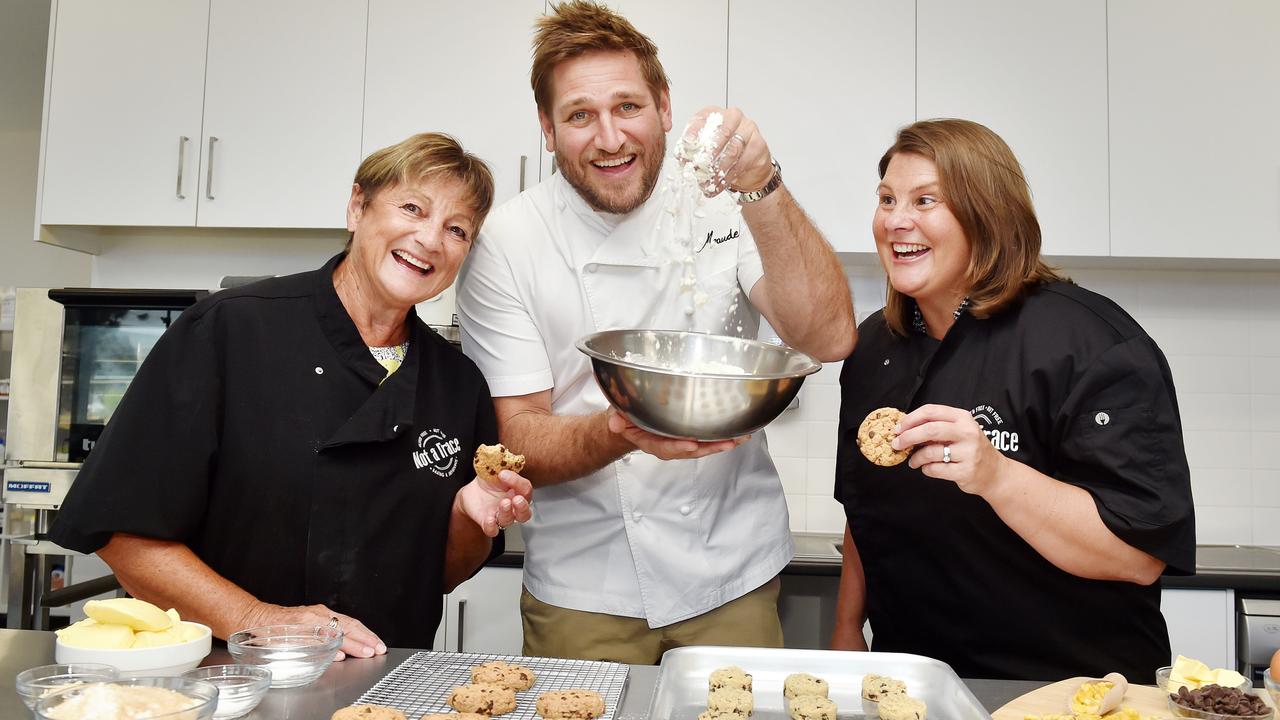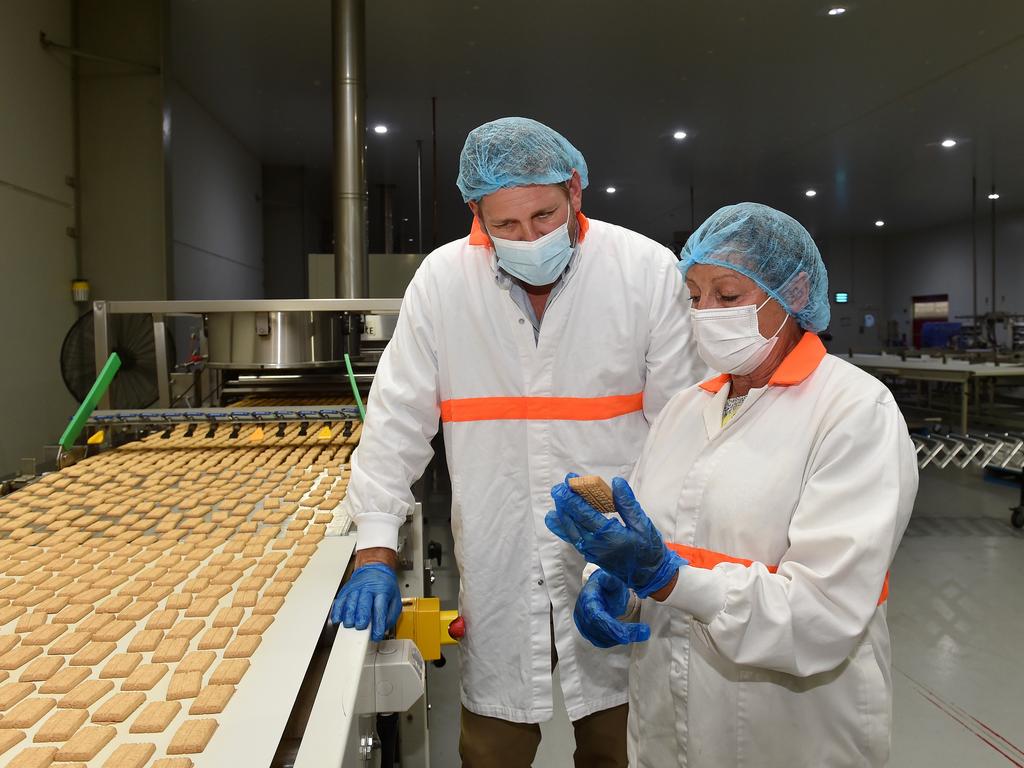Alternatives grow for food allergy sufferers, as Australian hospital admissions soar
In the face of a fourfold surge in hospitalisations for food allergy-induced anaphylaxis, allergen-free products are finding mainstream appeal.
Hospital admissions for food allergy-induced anaphylaxis have quadrupled in Australia in the past 14 years – a fourfold increase that has caused the number of non-allergenic edible options to explode in the mainstream market.
With Australia having one of the highest food allergy rates in the world, the huge increase in demand for alternative products is driving a period of innovation in local food manufacturing.
“Allergic diseases, including food allergy, are one of the fastest growing chronic diseases and public health issues in Australia,” said Allergy & Anaphylaxis Australia CEO Maria Said.
Indeed, the Australasian Society of Clinical Immunology and Allergy estimates that food allergy occurs in between five to 10 per cent of children in Australia and New Zealand.
Citing the rising hospital admission rate, as published in the Journal of Allergy and Clinical Immunology (JACI), Ms Said said the rapid rise in Australia over the past 20 years was “thought to be a complex interaction between genetics, our environment and a Western lifestyle.”

Michelin-starred celebrity chef Curtis Stone said the prevalence of food allergies and intolerances had forced Australian consumers, chefs, producers and food manufacturers to think and adapt.
“I remember starting my apprenticeship and working in a restaurant, we would never get a dietary request,” Stone said.
“Now of the 48 covers that we do for the evening, I would say 25 to 30 would have some kind of dietary request. I actually think it makes you a better chef.
“Back when I started cooking, there was one flour – it was made of wheat and that was it.
“Now we use all sorts of flours. They’re available to people and that’s really cool.”
A Coles Nurture Fund judge, Stone praised $400,000 grant recipient Not a Trace for its range of gluten and nut-free sweet treats, produced in a state-of-the-art facility that guarantees supply chain integrity, eliminating shared lines and trace elements.
“As a visitor, you’re not even allowed to consume any nut products the day that you visit the factory, which I think is an extraordinary measure (of care),” Stone said.

Family owned and operated, Not a Trace has spent more than 30 years developing its flour, director Samantha O’Brien said.
“We are constantly improving the flour that replaces the wheat – for us that is just the key to making sure that we’ve got a great-tasting product,” Ms O’Brien said.
Knowing the products would not have an allergic reaction or an irritable bowel response was imperative for consumers, she said.
“The safety of that dedicated line is really key to that customer, but absolutely it’s taste,” Ms O’Brien said. “They want to be able to share it with the family, not just have this special food that’s not quite as good.”
With the Nurture Fund grant, Not a Trace is expanding its range into savoury goods.
“This would be a first in Australia, to have a dedicated gluten-free savoury line that would allow us to really make anything that you would see in a wheat cracker,” Ms O’Brien said. “This has been a dream for us for a number of years and … we’re absolutely thrilled to have received the grant from Coles.”

More Coverage
Coles general manager for grocery Leanne White said Coles was delighted to support Not a Trace, which supplies products in the Coles I’m Free From range.
“At Coles, we’ve seen an increasing demand for gluten-free crackers, bread, and biscuits in the past few years, coupled by customers adopting gluten-free products as a source of healthy food and a rise in consumption by growing awareness of food allergies and intolerance,” Ms White said.
Grant applications for the Coles Nurture Fund close at 5pm AEST on Friday, 25 February 2022 – for more information and to apply visit coles.com.au/nurturefund







